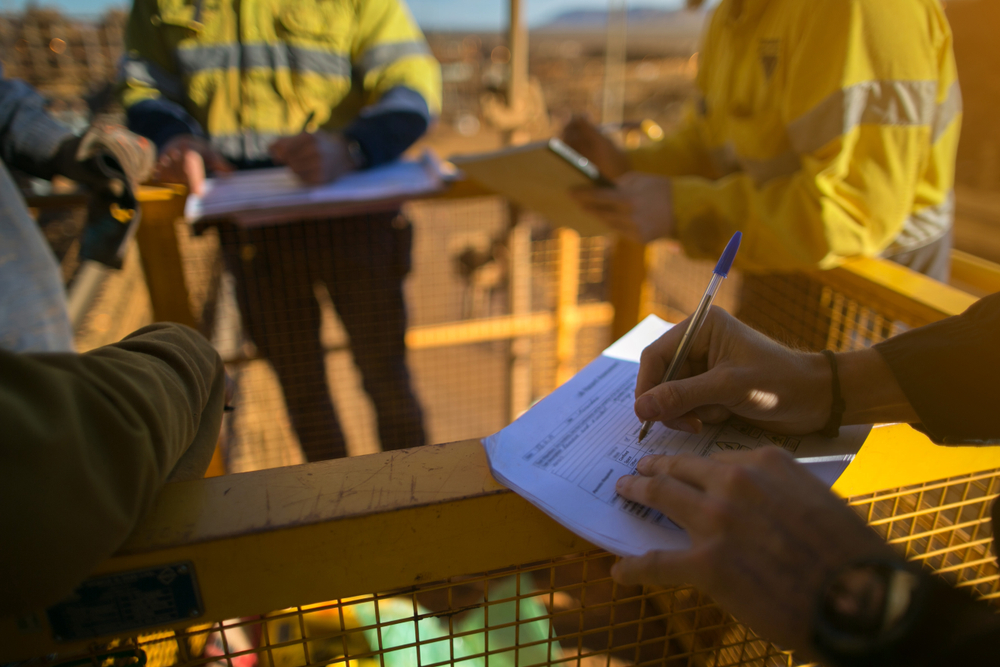The New York State Department of Labor (NYS DOL) issued a proposed regulation, authorized by the New York Health and Essential Rights Act (NY HERO Act), requiring private sector employers with 10 or more employees to establish joint employee-employer safety committees.
The HERO Act, signed into law May 5, 2021, authorized the NYS DOL to establish a workplace safety and health standard for COVID-19 exposures.
The proposed safety committee regulation would require employers to establish a joint safety committee at each worksite following a request from two nonsupervisory employees at the worksite. Multiple requests would be combined and treated as a single request. The rule would require that a committee be composed of no fewer than 2 nonsupervisory employees and 1 supervisory employee, but the maximum number of committee members would be 12. The required ratio of committee members would be no fewer than 2 nonsupervisory employees to 1 supervisory employee.
At worksites without a collective bargaining agreement, the nonsupervisory employee members would be chosen by the site’s nonsupervisory employees. At sites with a collective bargaining agreement, the employees’ representative would choose the nonsupervisory employee members.
An employer would be required to respond to any safety committee concerns, hazards, complaints, or violations referred to the employer.
The NY HERO Act required employers in New York state to have an infectious disease exposure prevention plan in place by August 5 of last year. Precautions under the plans only go into effect when state public health authorities make a “highly contagious communicable disease” declaration.
That declaration came September 6, 2021, when Governor Kathy Hochul (D) announced the designation of COVID-19 as an airborne infectious disease under the HERO Act.
New York is not 1 of the 22 states and territories with state plans approved by the federal Occupational Safety and Health Administration (OSHA) covering private sector workers’ safety. New York is one of six states and territories, along with Connecticut, Illinois, Maine, New Jersey, and the U.S. Virgin Islands, authorized by OSHA to regulate the health and safety of local and state government workers.
The New York Public Employee Safety and Health (PESH) Bureau, a part of the NYS DOL, is authorized under an OSHA-approved state plan to cover all state and local government workers in the state. Federal OSHA currently exercises workplace safety and health authority over private sector employers in the state.
Federal COVID-19 health regulations currently are in a state of flux. On December 27, 2021, OSHA withdrew portions of its June 21 COVID-19 emergency temporary standard (ETS) for healthcare facilities and healthcare support services, but the rule’s COVID-19 log and reporting requirements remain in effect.
Oral arguments are scheduled for January 7 before the U.S. Supreme Court regarding the federal agency’s ETS requiring employee COVID-19 vaccination or weekly testing. The rule also contains face covering, employee information, medical removal, and recordkeeping and reporting requirements. On December 17, 2021, the U.S. Court of Appeals for the 6th Circuit lifted a judicial stay on the rule issued by the 5th Circuit appeals court. OSHA said it will not issue citations for noncompliance with requirements of the ETS before January 10 and will not issue citations for noncompliance with the standard’s testing requirements before February 9.

